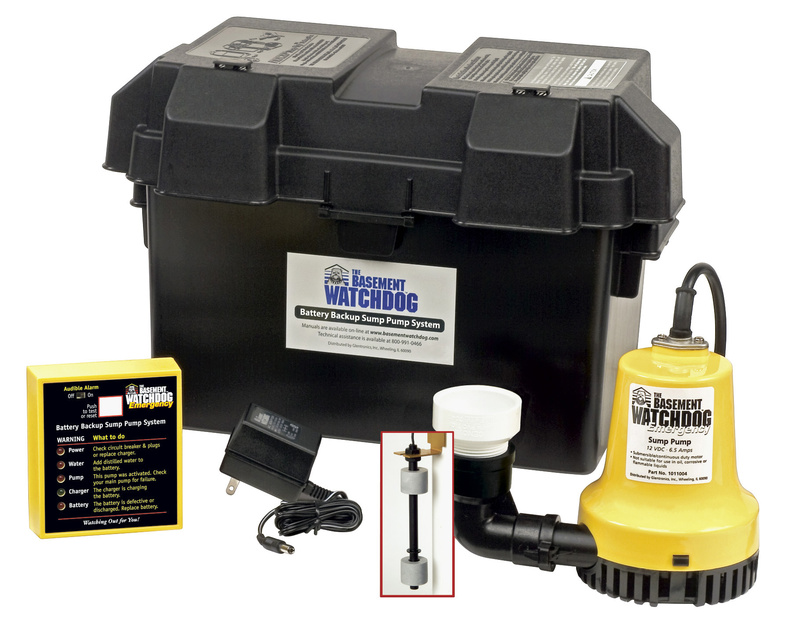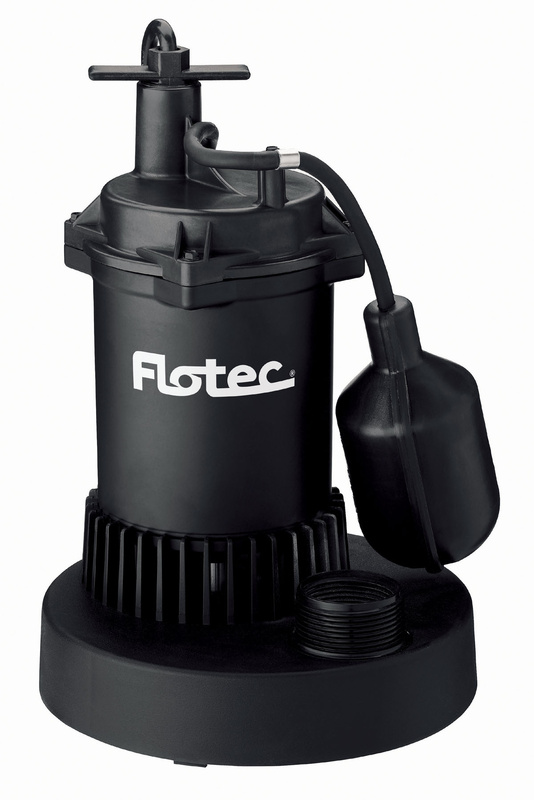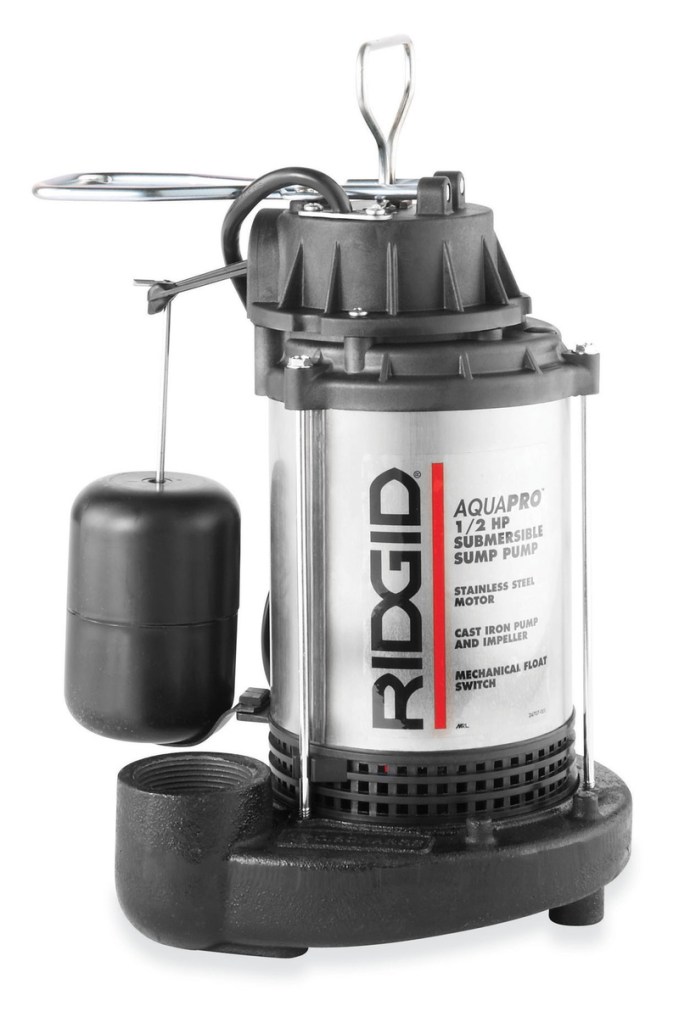When the snow melts, all that water has to go somewhere.
And your basement is just as good a place as any.
Yes, it’s the time of year when people start thinking about sump pumps. For those who have them already, the thoughts range from “will it work?” to “do I need a new one?”
If you’ve never had a sump pump but have encountered basement water, there is a different range of questions to address: Where is the water a problem? How much water do I get? Will I be home when the pump needs to be turned on? Where do I pump the water to?
The last question is especially tricky, and you probably need to consult your town or city government for specifics to find out if you can pump into the street or somewhere else.
But as a rule of thumb, don’t pump it into your neighbor’s yard. He or she has a basement too. And they won’t be happy.
“In a city, where houses are close together, you really have to be careful about where you pump,” said Paul Beem, a Freeport plumber who does business under the company name “A Plumber.” “Out in the country, it might not matter as much.”
So once you’ve received some guidance as to where to pump the water, you can start thinking about what kind of pump to get and where to put it.
The most crucial part of putting in a sump pump, says Beem, is location. Over time, figure out where you get standing water in your basement most often.
You can install it yourself, but in many cases, you might want a plumber or basement water specialist to do it so you know it will work and that the water will go where it’s supposed to go.
It’s important to dig a hole in the floor to create a recessed area for the pump. This will probably mean using a jackhammer to break up the floor, Beem said. For a basin, Beem usually uses a 5-gallon Sheetrock bucket with holes drilled in it to let water in.
It’s helpful as well to have some other safeguards in place to help reduce the amount of water you’ll need to pump, said Abby Buford, a public relations representative with Lowe’s. Those safeguards can include drain tile installed to collect groundwater and direct it to your pump; landscaping graded away from the foundation of the house; and gutters to collect rainwater, with downspouts that carry the water a minimum of 6 feet from your foundation.
Most sump pumps — available at Lowe’s, Home Depot or a plumbing supply store — will cost between $150 and $250. Beem, who has been installing them for years, says Goulds and Zoeller are two brands he finds most reliable. But you might have to go to a plumbing store or online to find them.
Other than brand preference, most sump pumps will do the job most homeowners need a sump pump for. But even then, there two main kinds to consider — standing or submersible.
Standing or pedestal pumps are noisier and are prone to fall over. But they can be adjusted to deal with different levels of water and come on at different times.
A submersible pump, which goes in a basin designed to collect water, is usually not adjustable. But it is quieter, and won’t fall over.
A sump pump buying guide put out by Home Depot compares the two types this way:
• Pedestal — Has an open motor and is installed above the water level; can be noisy; probably more economical; open motor is exposed to dust and moisture; generally easier to repair; can last 25 to 30 years.
• Submersible — Motor is sealed and unit is installed below the water level; quiet; may cost more up-front; safer in terms of children having access to it; because it’s sealed, dust and moisture don’t affect the motor; may be better for finished basements; may last five to 15 years.
Another choice facing a sump-pump buyer is whether to get one that has a battery back-up for the electric motor. The batteries don’t generally last more than a working day, so they might be fine if you’re sure you’re coming home each night.
“Here in Maine we have power outages that last for seven or eight days, so the battery won’t do it,” said Beem.
In those cases, you might want a portable power generator to run your pump.
Staff Writer Ray Routhier can be contacted at 791-6454 or at:
rrouthier@pressherald.com
Send questions/comments to the editors.






Success. Please wait for the page to reload. If the page does not reload within 5 seconds, please refresh the page.
Enter your email and password to access comments.
Hi, to comment on stories you must . This profile is in addition to your subscription and website login.
Already have a commenting profile? .
Invalid username/password.
Please check your email to confirm and complete your registration.
Only subscribers are eligible to post comments. Please subscribe or login first for digital access. Here’s why.
Use the form below to reset your password. When you've submitted your account email, we will send an email with a reset code.